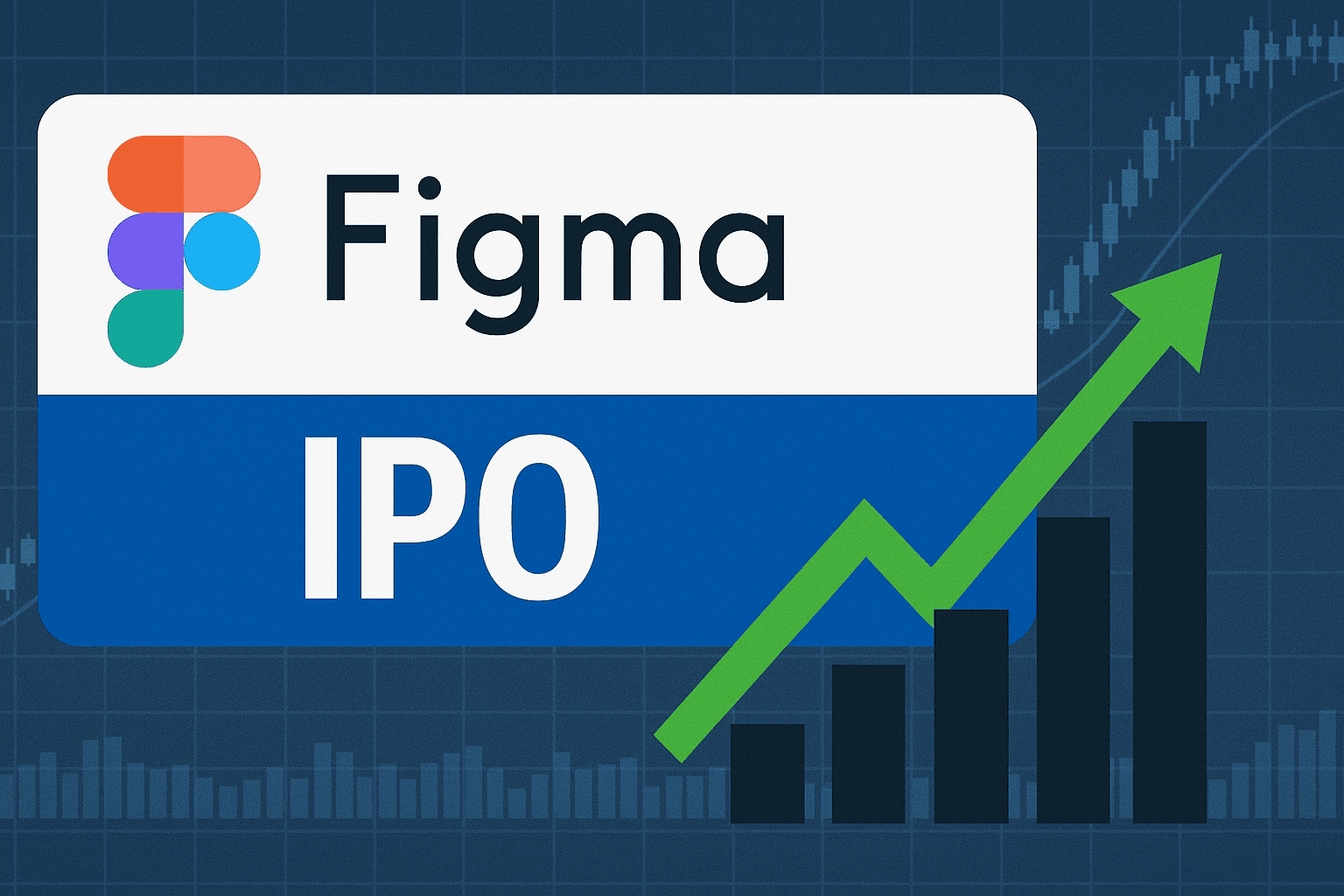Budgeting isn’t easy. We all need to buy some things just to keep our lives on track, of course, but knowing the difference between a luxury and a necessity can be a difficult thing. And when prices sneakily rise on the things we buy, or when we don’t monitor our shopping habits closely enough, we can easily end up going over budget.
But going under budget can be a problem, too. What happens when we buy the cheapest things we can, no matter what? In many cases, we can expose ourselves to more costs: costs that come with replacing things, fixing things, and recovering from disasters caused by cheap goods. When you’re budgeting, keep quality in mind as well as cost.
“Buy it nice or buy it twice”
It’s always nice to see something you need to buy marked down to a super-low price. But be wary. As the old saying goes, you can “buy it nice or buy it twice.”
This doesn’t mean that you have to buy the nicest version of everything you see at the store. But it does mean that you should be conscious of the potential drawbacks of buying the cheapest version of a given product.
Take clothes, for instance. The average American household spends well over $1,000 a year on clothes. That’s a lot of money, but that doesn’t necessarily mean that these families are buying lots of designer clothes. They could be shopping at cheap department stores and online discount shops — and then buying the same kinds of clothes again and again because the clothes just don’t last.
Here’s an idea: Split the difference. Boutique dresses will last longer than the cheap sort, and they can still be had for quite a bit less than the over-the-top prices that designers charge. Aim for high-quality clothes with flattering fits, and you’ll be more likely to wear those clothes for years. In the long run, buying one great garment can be much cheaper than buying the same bad clothes time after time.
When cheap products cost you dearly
If you buy something cheap, it may break, tear, or stop working, forcing you to buy it again. But that’s not the worst thing that can happen.
In some cases, cheaping out on products you buy can actually put other things you own at risk. In fact, you could even be risking your own safety. That’s why there are certain things that you should never, ever buy cheap, no matter how appealing the low price may seem.
Christmas tree lights are a good example. They sometimes cost a bit more than you’d expect, but you can get really low-priced ones at dollar stores. Should you?
Absolutely not. You’re purchasing an electrical element that you’re going to hang on your house and on a dead tree. Safety is paramount here, so pay for quality. Experts say that the Christmas season can lead to a lot of fires, but you can lower the risk for your home and your family by investing in quality decorations that you can trust to operate safely.
So go with the nicer lights. They’re not that pricey. LED christmas tree lights are a great option that keeps the temperature low and reduces risk while still making your home festive and beautiful.
Budgeting for the long term
Getting better prices is often a great idea, but don’t let a short-term budgeting mindset cost you more in the long term. Think about future costs, such as repair and replacement costs. And think about risks, too. If a cheap spatula scratches your expensive nonstick pan, then you’ve lost value on the whole. Think ahead, and budget-smart — not cheap.




